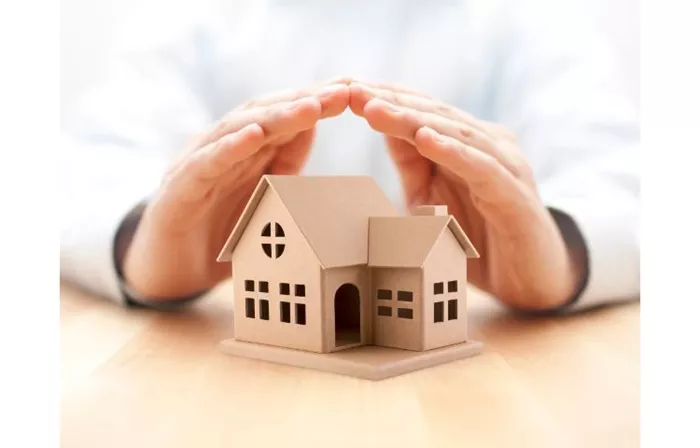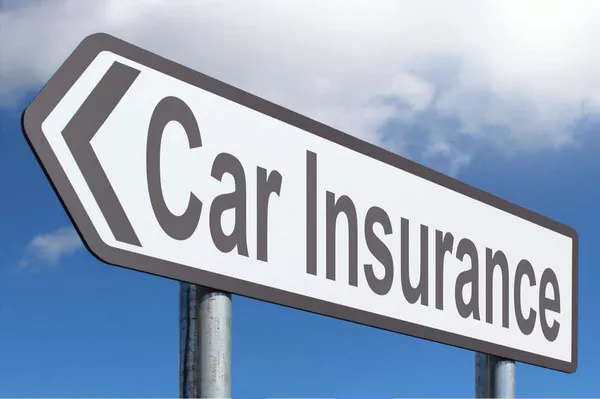Experiencing a fire in your home is a devastating event that can leave you feeling overwhelmed and uncertain about what to do next. Beyond the emotional toll, there are also significant financial implications, and navigating the complexities of home insurance can be challenging. Understanding how home insurance works after a fire is essential for homeowners to ensure they receive the coverage they need to rebuild and recover.
In this comprehensive guide, we’ll explore how home insurance operates in the event of a fire, what steps you should take after a fire, what your policy may cover, and the claims process you will need to follow.
Understanding Home Insurance Policies
Home insurance is designed to protect your property and belongings from various risks, including fire. However, the specifics of coverage can vary depending on the type of policy you have. Here are the main components to consider:
Types of Home Insurance Policies
HO-1 Policy: This is a basic form of homeowners insurance that covers limited perils, including fire. It is typically not recommended due to its limited coverage.
HO-2 Policy: This is a broader policy that covers more perils, including fire, theft, and vandalism, but still has exclusions.
HO-3 Policy: This is the most common type of homeowners insurance. It offers open-perils coverage for the structure and named-perils coverage for personal belongings. Fire damage is covered unless explicitly excluded.
HO-5 Policy: This provides the most comprehensive coverage for both the structure and personal belongings, covering all perils unless excluded.
Key Coverage Areas in Home Insurance
Dwelling Coverage: This covers the structure of your home and any attached structures, such as a garage.
Personal Property Coverage: This covers personal belongings inside your home, such as furniture, electronics, and clothing.
Additional Living Expenses (ALE): If your home becomes uninhabitable due to a fire, this coverage pays for temporary housing and other living expenses.
Liability Coverage: This protects you if someone is injured on your property or if you cause damage to someone else’s property.
What to Do Immediately After a Fire
After a fire, it’s essential to take immediate steps to protect yourself, your family, and your property. Here’s what to do:
Ensure Safety
First and foremost, ensure that you and your family are safe. Evacuate the premises and call emergency services if you haven’t already. Do not re-enter the property until firefighters declare it safe.
Contact Your Insurance Company
Notify your insurance provider as soon as possible. Most policies have a time limit for reporting claims, and the sooner you notify them, the quicker they can begin the claims process.
Document the Damage
Take photographs and videos of the fire damage to your home and belongings. Document everything thoroughly, as this evidence will be crucial for your claim.
Secure the Property
After the fire is out and it’s safe to do so, take steps to secure your property from further damage. This may involve boarding up windows and doors or covering holes in the roof.
Keep Receipts for Temporary Expenses
If you need to stay in a hotel or rent temporary housing due to the fire, keep all receipts. These costs may be reimbursed under your Additional Living Expenses (ALE) coverage.
See Also: How Long Does House Insurance Take to Pay Out? A Full Guide
How Home Insurance Covers Fire Damage
Once you’ve taken the necessary steps after a fire, it’s important to understand how your home insurance policy covers fire damage. The coverage can be divided into several key areas:
Dwelling Coverage
Your policy’s dwelling coverage pays for the repair or reconstruction of your home. This includes:
Rebuilding Costs: If your home is severely damaged or destroyed, dwelling coverage will pay for rebuilding it to its original condition, subject to your policy limits.
Structural Repairs: This includes repairs to the roof, walls, and foundation. Ensure you understand your policy limits and deductibles.
Personal Property Coverage
Your personal property coverage helps replace belongings damaged in the fire. Here’s how it works:
Replacement Cost vs. Actual Cash Value: Depending on your policy, personal property may be covered at replacement cost (the cost to replace the item with a new one) or actual cash value (the item’s original cost minus depreciation).
Inventory of Damaged Items: Create a list of all damaged items, including descriptions, purchase dates, and estimated values. This will be essential when filing your claim.
Additional Living Expenses (ALE)
If your home is uninhabitable due to fire damage, ALE coverage will help cover the costs of living elsewhere, such as:
Temporary Housing Costs: This includes hotel stays or rent for a temporary residence.
Increased Living Expenses: If your temporary housing costs more than your usual living expenses, this additional cost may be covered.
Liability Coverage
If the fire was caused by an accident for which you are found liable (for example, a fire started by improperly discarded cigarettes), your liability coverage may help cover legal fees or settlements.
The Claims Process After a Fire
Filing a claim after a fire can be a complex process, but understanding the steps involved can make it more manageable:
File Your Claim
Contact Your Insurance Provider: Notify your insurer as soon as possible. You can typically file a claim over the phone, online, or through a claims app.
Provide Necessary Information: Be prepared to give details about the fire, including when and where it occurred, the extent of the damage, and any actions taken immediately after.
Meet with an Adjuster
After filing your claim, your insurance company will send an adjuster to assess the damage. During this meeting:
Show the Adjuster the Damage: Walk them through your home and point out all areas affected by the fire.
Provide Documentation: Share any photographs, videos, or inventory lists you created after the fire.
Review the Settlement Offer
After the adjuster completes their assessment, they will provide a settlement offer based on your policy’s coverage limits. Review this offer carefully:
Check for Accuracy: Ensure that the estimate reflects all the damages documented and is in line with your policy.
Negotiate if Necessary: If you believe the offer is too low, you can negotiate with your insurance company. Provide supporting evidence and documentation to strengthen your case.
Receive Payment
Once you accept the settlement offer, your insurance company will issue payment. The process may vary depending on the extent of the damage and your policy terms:
Direct Payments: Payments may go directly to you, or if you have a mortgage, the payment might be issued to both you and your lender.
Reimbursement for Temporary Expenses: If you had temporary living expenses, you would likely need to submit receipts for reimbursement.
Common Challenges After a Fire
While home insurance is designed to provide support during difficult times, you may face challenges during the claims process:
Underinsurance
If your coverage limits are too low, you may not receive enough compensation to cover all damages. It’s crucial to review your policy periodically and ensure that your coverage reflects current rebuilding costs and the value of your belongings.
Disputes Over Coverage
Disputes may arise regarding what is covered under your policy. If your claim is denied or partially denied, carefully review your policy and consult your insurance agent to understand the reasoning.
Lengthy Claims Process
The claims process can be lengthy, especially if there are disputes or if multiple parties are involved. Patience is key, but you should stay proactive in communicating with your insurance company.
Emotional Stress
Dealing with the aftermath of a fire is emotionally taxing. Consider reaching out for support, whether from friends, family, or professionals who can help you navigate this challenging time.
Preventing Future Fires
Once you’ve recovered from a fire, it’s essential to take steps to prevent future incidents. Here are some tips:
Install Smoke Detectors
Ensure you have working smoke detectors installed on every level of your home. Test them regularly and change the batteries at least once a year.
Create an Escape Plan
Develop and practice an escape plan with your family. Know multiple exits from your home and establish a designated meeting place outside.
Be Cautious with Fire Hazards
Identify potential fire hazards in your home, such as overloaded electrical outlets or flammable materials stored near heat sources. Take steps to mitigate these risks.
Regularly Maintain Appliances
Ensure your appliances, heating systems, and electrical wiring are regularly inspected and maintained to prevent malfunctions that could lead to fires.
Conclusion
Understanding how home insurance works after a fire is crucial for every homeowner. With the right coverage, knowledge of the claims process, and proactive measures, you can navigate the aftermath of a fire and protect your financial future.
By familiarizing yourself with your home insurance policy, documenting damages, and following the necessary steps, you can ensure that you receive the support and compensation you need to rebuild your life after a devastating event. Remember, preparation and awareness are key to safeguarding your home and ensuring peace of mind in the face of unforeseen challenges.
You Might Be Interested In
What Does Personal Liability Home Insurance Cover?





















